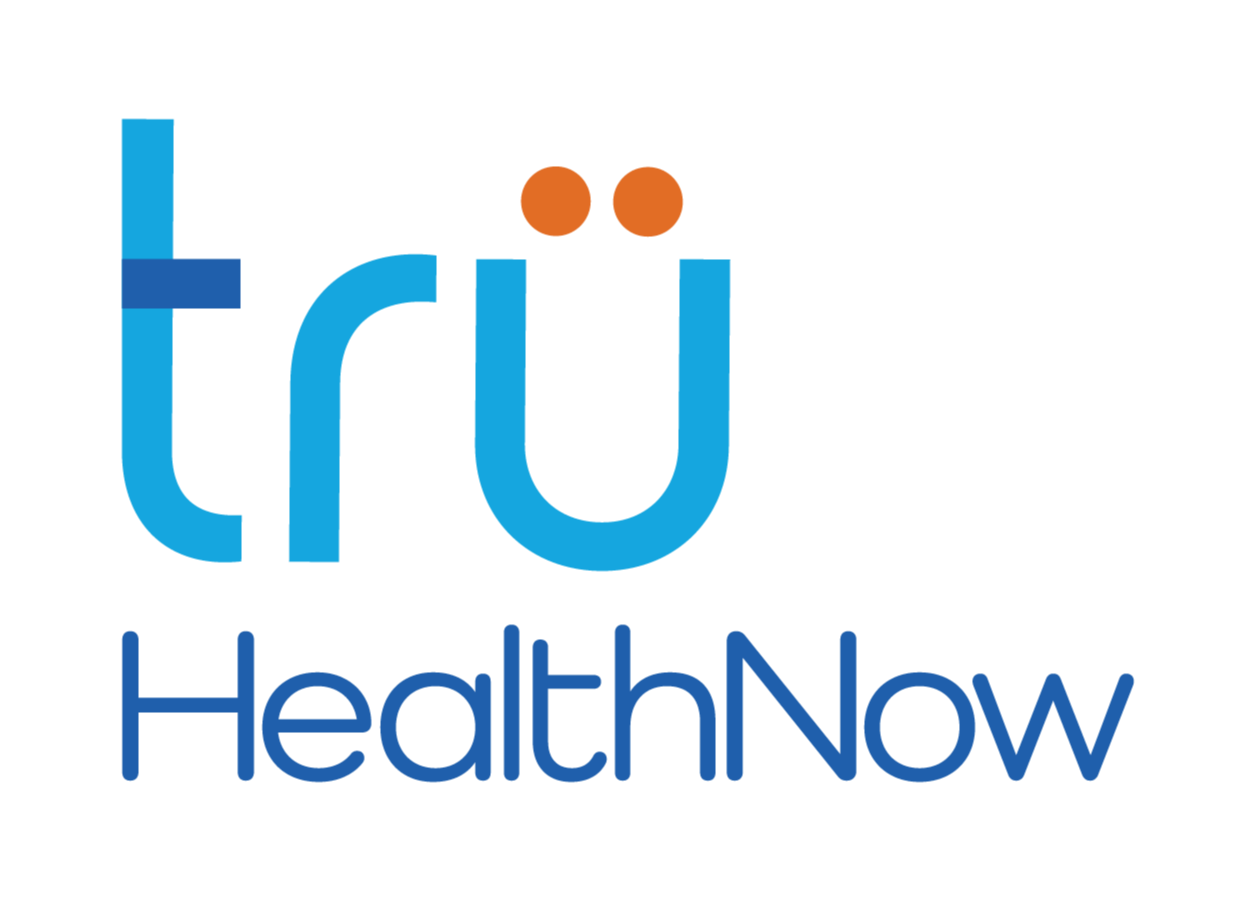
Drug and Alcohol Screening
Drugs and alcohol pose significant risks to individuals of all genders and ages, as they can lead to various health issues and other problems. It is crucial to monitor the usage of drugs and alcohol and implement appropriate measures to prevent their consumption. Drug and alcohol screening plays a critical role in enhancing security in various settings, making them safer for living and working. Moreover, drug and alcohol screening is legally required for certain organizations."
When Drugs and Alcohol Screening is Performed?
Alcohol and Drug screening can be performed in the following situations:
Pre-Employment Drug and Alcohol Screening
In this drug and alcohol testing, the employer asks the employee to go through a body check-up to find out whether the employee is a consumer of drugs and alcohol or not. In some companies, it is necessary to check this before hiring an employee. It is also essential to screen a person before hiring because if the employee is habitual in taking drugs and alcohol, it can lead to a decline in the company’s reputation.
Company Drug and Alcohol Test Policies
Some companies have a legal obligation to screen job applicants for drug and alcohol consumption. Therefore, they conduct tests to determine whether the job aspirants are using drugs and alcohol before hiring them.
Types of Drugs and Alcohol Screening
Drugs and Alcohol Screening is done in the following ways:
Blood Drug and Alcohol Tests
This test is usually conducted when drugs and alcohol are detected in an employee's system. The company will then perform a blood drug and alcohol test to determine the amount of drugs and alcohol present in the employee's body. The test can detect a range of substances including amphetamines, barbiturates, phencyclidine (PCP), cocaine, marijuana, methamphetamines, opiates, nicotine, and alcohol.
Breath Alcohol Tests
The Breathalyzer test examines the amount of drugs and alcohol present in the air exhaled by the employee. This test is conducted using a device called a "Breathalyzer." It can determine the amount of drugs and alcohol in the employee's blood. Typically, it takes one hour for one ounce of alcohol to leave a person's body.
Hair Drug Tests
The hair follicle drug test is also known as a hair test. This test does not detect ongoing drug use, but rather past drug use. It cannot detect alcohol use. The test can detect a variety of drugs such as cocaine, marijuana, opiates, methamphetamine, and phencyclidine in hair strands. To conduct this test, a small sample of hair is taken from the scalp of the employee.
Mouth Swab Drug and Alcohol Tests
The mouth swab drug and alcohol test is also known as the saliva test or oral fluid test. This test involves taking a saliva sample from the employee's mouth to examine whether they have consumed drugs or alcohol in the past one or two days. It is an easy test to conduct as it only requires taking a sample of saliva from the employee's mouth.
Urine Drug and Alcohol Tests
The most common drug and alcohol test is the urine test. This test can detect a variety of drugs such as amphetamines, cocaine, marijuana, methamphetamines, opiates, nicotine, and alcohol. The process is relatively simple, where employees are required to provide a urine sample in a small container. This test is practical because the effects of drugs and alcohol can last longer in urine, making it an effective way to detect their presence.
Benefits of Drugs and Alcohol Screening:
Here are some advantages that organizations can have with alcohol and drug screening.
Healthier Work Environment
Conducting drug and alcohol tests can help improve the health of the workforce. Regularly conducting these tests can help employers keep track of their employees' health status. Therefore, it is essential to perform these tests to understand the actual condition of the workforce.
More Productive Employees
A healthy workforce is more productive. Employees who are in good health tend to perform better, have more energy, and are less likely to experience fatigue, allowing them to work more efficiently. Moreover, healthy employees are more likely to meet deadlines without making excuses. Therefore, conducting drug and alcohol screening can be beneficial to increase employees' productivity.
Fewer Liability Expenses
Having a healthy workforce can significantly reduce liability expenses. If employees are frequently sick or suffer from serious illnesses, it can increase the company's liability costs as employers have to bear the cost of their medical expenses. Therefore, drug and alcohol screening can benefit the company by reducing liability expenses.
Consistent Work
Maintaining the consistency of work requires a healthy workforce. If employees become sick or unwell in a short period, they may need to take leave from work, which can disrupt the work environment. Therefore, employers should consider conducting drug and alcohol screening to ensure that employees remain stable and healthy in the workplace.
Conclusion
It is necessary to conduct drug and alcohol tests to determine whether your employee is healthy. If your employee uses drugs and alcohol, it will affect your company's reputation. Also, it encourages more employees to consume alcohol and drugs.
Sign up for our newsletter






%201.png)
